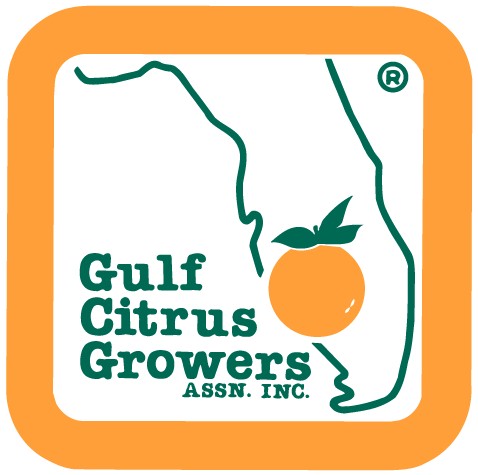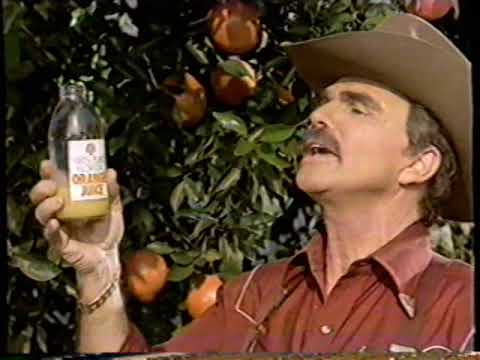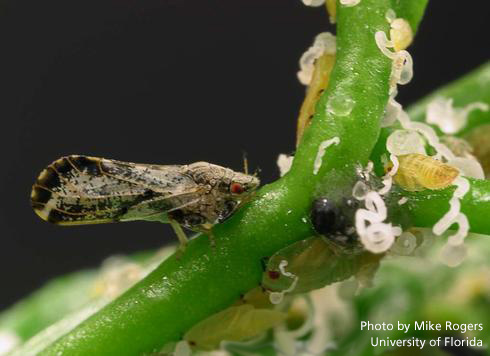New Endeavors

1980s
The 1980s brought turbulent times to Florida’s Citrus industry. The commission and the FDOC staff played a key role in helping the industry navigate through several important issues, including a series of severe freezes that virtually reshaped the geography of citrus production throughout the state. One discovery of note was made in 1982, however, when scientists at Lake Alfred found that micro-sprinkler irrigation offered effective citrus tree protection from cold injury.
1986
In 1986, the Gulf Citrus Growers Association was established. In 1989, another devastating freeze, known as the “Christmas Freeze”, practically wiped out the citrus industry north of I-4. Many growers moved their groves to south Florida after the freeze.


1990s
In the early 1990s, the FDOC was restructured along traditional business lines to better support industry efforts to thrive under the pressures of a global economy. The commission began by concretely defining its role within the industry through adoption of a formal mission statement in 1993: “To enhance the welfare of the Florida Citrus growers and the groves they operate.” Then, guided by sound market research, the FDOC developed strategically integrated marketing programs that used advertising, merchandising, and public relations to promote the taste, health and nutritional benefits of Florida Citrus products, and to position those products as an essential part of a wellness lifestyle.
1993
In 1993, Peace River Valley Citrus Growers Association was formed. Then in 1994, The Florida Citrus Commission established the Citrus Harvesting Advisory Council in order to fund a new program to improve harvesting operations for the Citrus industry. The council directed research in mechanical harvesting and efficient labor-management practices. Additionally in 1994, The General Agreement on Tariffs and Trade (GATT) and the North American Free Trade Agreement (NAFTA) are passed.


1996
1996 was another big year for the citrus industry. Foreign investors acquired two of the former Minute Maid plants in Auburndale, Fl. leading to the majority of plant acquisitions that followed would have owners headquartered outside of the United States. On the advertising side, the year 1996 also featured the launch of a new health and wellness campaign with the American Cancer Association and the March of Dimes as partners – an effort made by the new Executive Director of the Florida Department of Citrus, Daniel Santangelo.
2000
In 2000, shipments of fresh Florida Citrus to China became economically feasible due to the Agricultural Trade Agreement with China. Commissioner Bob Crawford hand-delivered a 10-carton shipment to commemorate the event. Bob Crawford also launched an aggressive $110 million Citrus Canker eradication program known as one of the most comprehensive plant protection programs ever established.


2000s
Also during the 2000s, the Florida Citrus industry faced a great deal of challenges with consumers. The rise of fad diets, the changing of breakfast habits, and the availability of many beverage options began to take its toll on product sales. To help combat this, the FDOC brought in medical professionals as spokespeople in public relations and advertising campaigns as well as implemented a campaign addressing “juice confusion” among consumers who didn’t understand the difference between 100% fruit juice and other beverage options.
2005-2014
Amid the challenges with consumers, growers were facing their own battles. Citrus greening arrived in Florida in 2005 and by the 2010s had begun to negatively affect production. In 2014, production hit an all-time low and this led the FDOC to move away from costly traditional television advertising and instead, concentrate on a more cost-efficient digital campaign. This campaign featured the health benefits of Florida Citrus products and its narrowed focus to a smaller segment of the population with the majority of purchasing power, millennial moms.


2016
By 2016, greening had ravaged the citrus industry resulting in tripled cost to growers for grove care and significant production declines. The commission voted to drastically reduce box taxes to provide much needed relief to struggling growers. That same year, the state of Florida provided $7 million in General Revenue funding to support marketing efforts of the Florida Citrus industry. This was unprecedented for the FDOC, which historically received very limited state funding.
2017
In September 2017, one month before harvest, Hurricane Irma blew through the center of the state devastating all citrus growing regions. Florida growers across the state reported 30-70 percent crop loss causing an estimated $760 million in damages. The U.S. Senate and House Representatives passed federal disaster relief to provide payments to eligible growers up to 50 percent crop loss.
